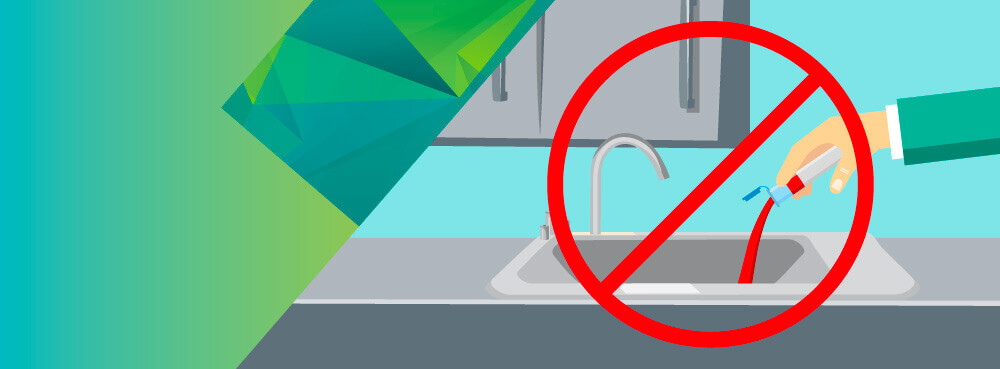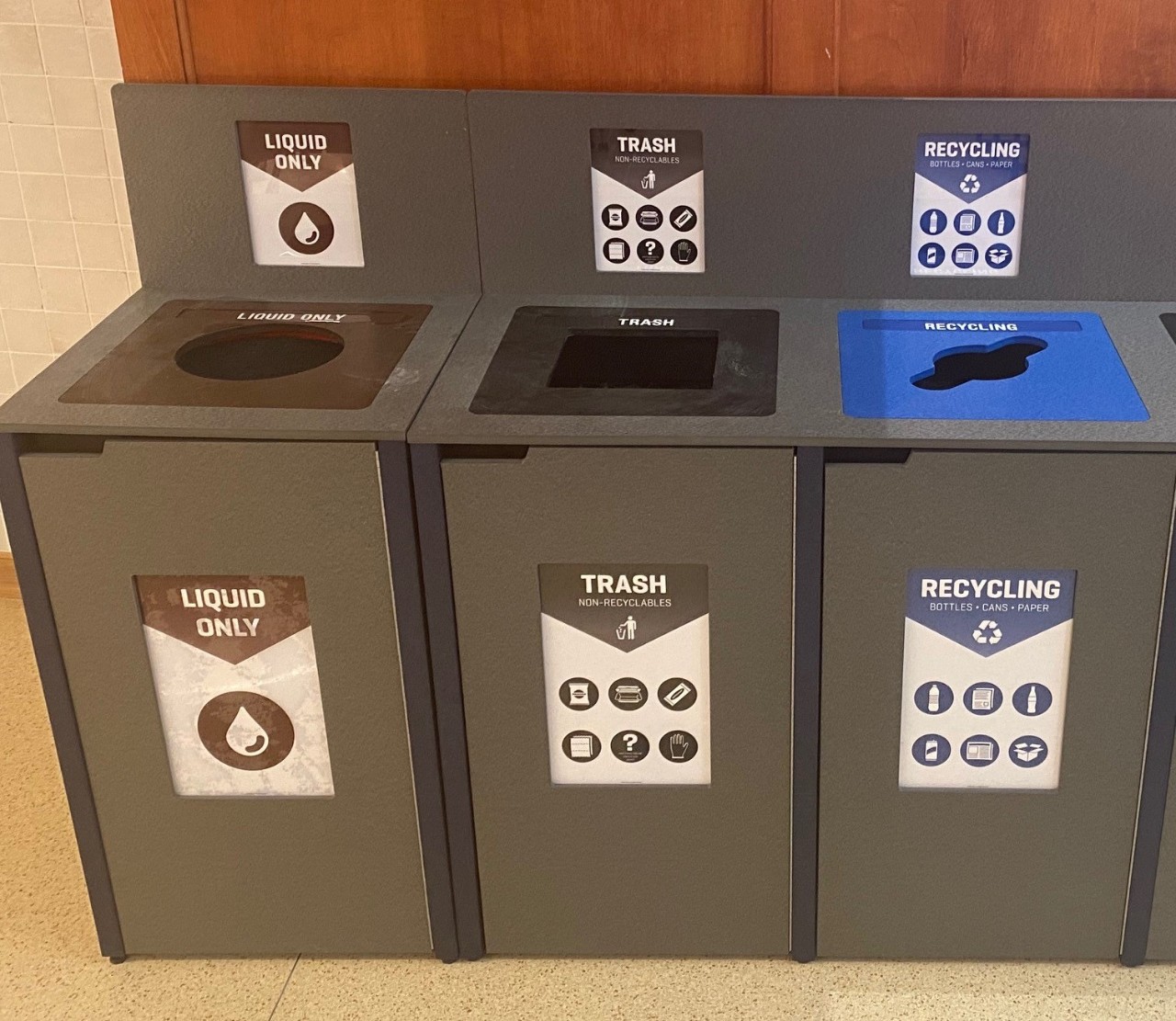Leading Industrial Wastewater Treatment Solutions: Making Certain Conformity and Performance
Leading Industrial Wastewater Treatment Solutions: Making Certain Conformity and Performance
Blog Article
Just How Fluid Garbage Disposal Works: A Detailed Overview of Strategies and Technologies Employed

Overview of Liquid Waste Types
The complexity of liquid waste types requires a comprehensive understanding of their features and ramifications for disposal. Fluid waste can broadly be classified right into several kinds, consisting of industrial, local, agricultural, and contaminated materials. Each classification shows distinct properties, needing particular monitoring strategies to alleviate ecological and health threats.
Industrial fluid waste stems from producing procedures and frequently has a variety of pollutants, such as hefty steels, solvents, and natural substances. Municipal liquid waste, primarily making up wastewater from families and business facilities, has natural issue, nutrients, and virus (industrial wastewater treatment). Agricultural fluid waste, consisting of runoff from farms, may have plant foods, chemicals, and animal waste, presenting dangers to water high quality and ecological communities
Hazardous liquid waste is defined by its toxicity, reactivity, or potential to trigger injury. This group includes substances like acids, bases, and certain chemicals that demand rigid handling and disposal procedures. Understanding these diverse liquid waste kinds is crucial for developing reliable disposal approaches and ensuring compliance with ecological laws. Appropriate classification and characterization are vital for executing suitable therapy techniques and reducing the unfavorable effect on public wellness and the atmosphere.
Physical Therapy Techniques

Screening is the initial step, where bigger bits and debris are gotten rid of from the fluid waste making use of screens or grates. In sedimentation tanks, larger bits work out at the bottom, creating a sludge layer, while the cleared up fluid can be additional dealt with.
Filtering is another crucial technique that includes passing the liquid via porous products, such as sand or membrane layers, to catch smaller fragments. This action enhances the high quality of the fluid, making it suitable for succeeding treatment processes.

Chemical Treatment Methods
Chemical therapy techniques are important for effectively handling liquid waste, especially in resolving dissolved and colloidal contaminants that physical techniques may not effectively eliminate. These strategies make use of numerous chemical representatives to reduce the effects of, precipitate, or transform dangerous substances into much less harmful forms.
One common method is coagulation and flocculation, where chemicals such as alum or ferric chloride are added to promote the aggregation of suspended bits. This process enhances sedimentation, enabling less complicated elimination of the resulting sludge. In addition, oxidation procedures, utilizing agents like chlorine or ozone, are employed to damage down complex organic substances and microorganisms, rendering the waste more secure for discharge or additional therapy.
Neutralization is one more crucial technique, which adjusts the pH of acidic or alkaline waste streams to neutral degrees, stopping prospective injury to downstream systems and the setting. Furthermore, progressed oxidation processes (AOPs) use combinations of oxidants and ultraviolet light to weaken relentless pollutants, achieving a greater level of treatment performance.
Biological Treatment Procedures
Biological therapy processes play an important role in the management of fluid waste by utilizing microbes to decompose raw material and lower contaminant degrees. These procedures can be broadly classified into aerobic and anaerobic therapies, each employing details microbial communities to link attain effective waste deterioration.
Cardiovascular therapy involves the usage of oxygen to facilitate the break down of organic products by bacteria. This process is frequently implemented in turned on sludge systems, where oygenation containers provide a favorable setting for microbial development, leading to the oxidation of natural toxins. The resultant biomass can be divided from dealt with effluent through sedimentation.
In contrast, anaerobic treatment happens in the lack of oxygen, counting on various microorganisms to break down raw material. This approach is particularly beneficial for high-strength waste, as it produces biogas, a renewable resource source, while minimizing sludge production. Technologies such as anaerobic digesters are regularly employed in municipal and industrial applications.
Both anaerobic and cardio organic therapies not just decrease the ecological impact of liquid waste however also help with resource recovery, making them crucial components of lasting waste monitoring approaches. Their performance, adaptability, and performance support their widespread implementation across various fields.
Arising Technologies in Disposal
Innovative approaches to fluid garbage disposal are rapidly evolving, driven by innovations in innovation and an increasing focus on sustainability. Among navigate here these arising innovations, membrane bioreactors (MBRs) have obtained grip for their ability to integrate biological therapy with membrane filtration, causing premium effluent that can be reused in different applications. MBRs make it possible for smaller sized impacts and a lot her latest blog more efficient procedures contrasted to standard systems.
One more encouraging development is making use of anaerobic food digestion combined with nutrient recuperation technologies, which not only treats fluid waste but also creates biogas and recovers important nutrients like nitrogen and phosphorus. This double advantage improves source efficiency and decreases ecological influence.
In addition, advanced oxidation processes (AOPs) are being embraced for the destruction of complex organic pollutants. These techniques make use of effective oxidants and catalysts to break down pollutants at the molecular level, providing an extremely reliable service for difficult waste streams.
Furthermore, the assimilation of expert system and artificial intelligence in waste administration systems is maximizing functional performance and predictive maintenance, resulting in reduced prices and boosted ecological compliance. These technologies reflect a considerable change in the direction of even more lasting and efficient liquid waste disposal practices.
Conclusion
In conclusion, effective liquid garbage disposal demands a comprehensive understanding of numerous strategies and technologies. The integration of physical, chemical, and organic treatment methods ensures the reliable management of diverse waste types. Furthermore, the appearance of cutting-edge innovations improves treatment efficiency and promotes sustainability in waste management methods. By constantly advancing these methodologies, it comes to be possible to resolve the expanding difficulties connected with fluid waste, eventually adding to environmental management and resource recuperation.
Liquid waste disposal is a crucial facet of ecological administration, calling for a comprehensive understanding of different strategies and technologies tailored to various waste kinds. Fluid waste can broadly be classified into a number of types, consisting of commercial, municipal, agricultural, and harmful waste. Agricultural fluid waste, including drainage from ranches, may include fertilizers, chemicals, and pet waste, posturing threats to water quality and environments.
Different physical treatment techniques play a vital function in handling liquid waste successfully - industrial wastewater treatment.In verdict, reliable fluid waste disposal requires a detailed understanding of different techniques and technologies
Report this page